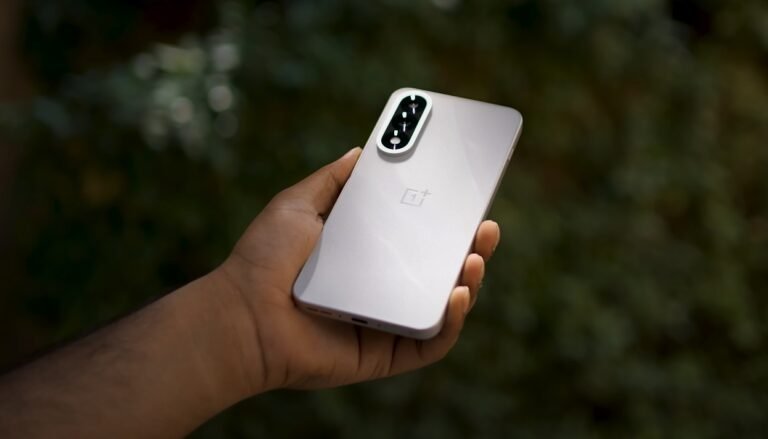OnePlus 15 ultra-wide & periscope camera review: zoom and details tested

Evaluating the optics of the OnePlus 15
The OnePlus 15 arrives with a triple-50MP rear camera system: a main wide, an ultra-wide, and a 3.5× optical periscope zoom lens. Reviewed in the UK context, these lenses perform strongly overall — especially the zoom — although the ultra-wide does carry some limitations worth knowing before purchase.
Starting with the ultra-wide lens, reviewers note that while it offers a wide 116° field of view and autofocus functionality (allowing macro-style shots too), the image sharpness falls off more quickly than the main or periscope lenses, particularly when zooming in or under moderate light. One tester observed that “the ultrawide camera is also pretty good … just as the sharpness can’t quite match up as you start to pinch into images.”
Thus, while the ultra-wide works well for dramatic wide-angle shots and large scenes, it is less excellent for fine detail, especially when compared to the other lenses.
In contrast, the 3.5× optical periscope zoom lens provides one of the standout features of the OnePlus 15. Reviewers found it capable of delivering excellent detail in zoomed-in shots — so much so that the camera system was described as “versatile … with effective zoom that captures great detail”. The phone also supports higher levels of digital zoom (e.g. 7× lossless and up to 120× digital zoom) though as is common with extreme digital zoom, quality drops off markedly at the highest levels. Yet for typical mid-range zoom (3×–7×) the periscope holds its own.

Another strong point is the consistency between lenses. Reviewers highlight that as you shift focal lengths the colour balance and tone remain well matched, meaning shots don’t dramatically change in character when moving from wide to zoom. This is an important attribute for UK buyers who may switch between focal lengths throughout a day without wanting radically different looks.
Where the camera system does show some weaknesses is in low-light performance and ultra-wide night shots. The ultra-wide tends to blur in dim conditions — one reviewer noted: “I would just avoid the ultrawide when the light drops, as my night shots just became muddy oil paintings.” The main and zoom lenses maintain better performance in low light, but even there the processing (HDR, noise reduction) can sometimes lead to slightly over-flattened contrast or heavy smoothing of fine textures.
Zoomed shots in good light deliver impressive detail, especially when using the 3.5× optical zoom, and the higher resolution of 50MP aids in cropping or retaining detail. For example, testers captured fast-moving subjects (sports or action) with strong clarity when the zoom lens was used, citing the phone as “the best camera phone I’ve used when I am shooting a fast moving subject … the combo of zoom plus action mode means I get shots with the ball hovering in mid air.” This is promising for UK users who may shoot children’s activities, travel scenes or outdoor events.
From a usability perspective the camera app is well optimised: switching between lenses is smooth; the ultra-wide’s autofocus gives flexibility; and the zoom lens is integrated neatly into the UI. For everyday photography — landscapes, city scenes, portraits — the OnePlus 15 covers the bases well. The modest compromises in the ultra-wide aren’t deal-breakers for most users, especially given the strength of the main and zoom lenses.
In summary, for UK buyers the OnePlus 15 offers a highly competent camera system with a strong periscope zoom and very reliable main lens. The ultra-wide is good, but not best-in-class for fine detail or low-light scenes. If your priority is a flagship phone that handles most photography scenarios with ease — including zoomed shots and wide landscapes — it’s a very solid choice. If ultra-wide low-light detail is absolutely critical (for example, for architectural work or dark interiors), then some specialist camera-phones may still edge ahead.






